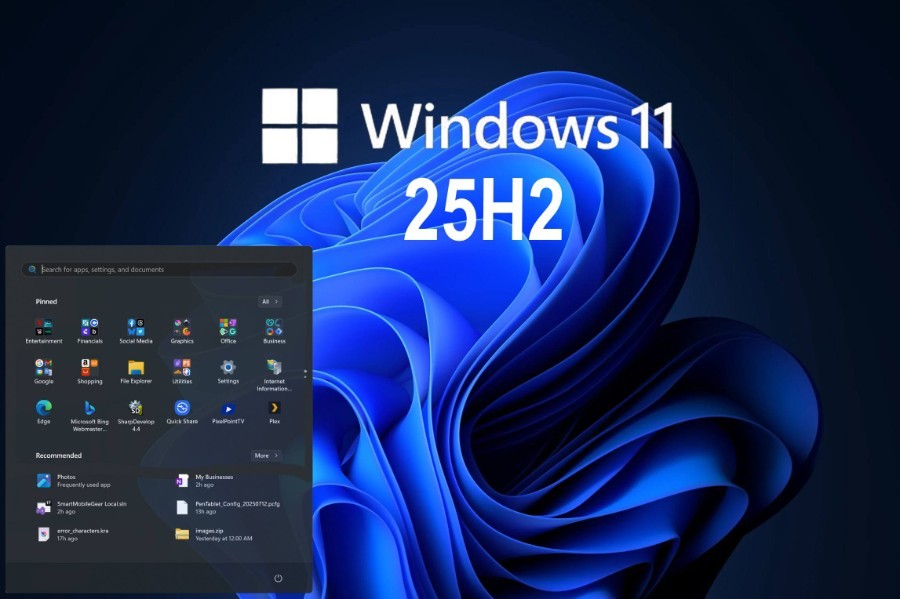Posted: Sunday, July 13, 2025
Windows 11 25H2 Review: Swift System Restoration—At Last
Windows Figures Out How to Self-Recover

Microsoft's upcoming Windows 11 25H2 update is expected to bring an update to Quick Machine Recovery (QMR) that will revolutionize how users recover from system failures, making it more than just a seasonal update.
Microsoft's upcoming Windows 11 25H2 update is expected to bring a feature that could revolutionize how users recover from system failures, making it more than just a seasonal update. This cutting-edge tool, called Quick Machine Recovery (QMR) and a component of the broader Windows Resiliency Initiative, attempts to automatically detect and fix boot issues without requiring users to deal with the usual maze of Safe Mode, command line prompts, or reinstallation procedures.
What Is Quick Machine Recovery?
In its most basic form, QMR functions as a self-repairing system. The Windows Recovery Environment (WinRE) will be automatically launched if a Windows 11 device cannot boot due to a known issue, such as a corrupt driver, an unsuccessful update, or a software conflict. From there, it detects the problem, connects to Microsoft's servers, and applies a particular fix. User intervention is not required, nor is it necessary to spend your weekend on tech support or to panic and search online.
This cloud-based diagnostic system is more than just an improved Startup Repair. To deliver precise answers, QMR makes use of Microsoft's vast database of typical issues. The system retrieves the solution and restarts after identifying your problem in the database. It keeps trying at predetermined intervals if it doesn't find a match, giving your device multiple chances to recover before you have to step in.
Quick Machine Recovery: Features for Home & Enterprise
Because QMR is turned on by default for individual users, it offers protection for non-technical people. Through group policies, IT administrators can change or disable it in corporate settings, retaining control over recovery protocols. This combined approach positions QMR as a flexible solution for various user categories by striking a balance between administrative control and ease of use.
Of course, there are limitations. Since QMR depends on an internet connection, you will need to use manual recovery if your Wi-Fi goes out. Furthermore, QMR might not be of much use if your issue is not included in Microsoft's known issues database. It is a clever tool that works best with pattern recognition and cloud access, but it is not a panacea for all issues.
But the ramifications are substantial. After millions of devices were rendered inoperable by the 2024 CrowdStrike incident, Microsoft had to figure out a way to prevent widespread outages that caused serious problems. QMR is that answer—a proactive, automated repair procedure that can significantly reduce inconvenience and downtime.
Windows 11 25H2 is finally making progress in an era where operating systems are expected to have self-repair capabilities. Despite not being glamorous, Quick Machine Recovery is very helpful. If it works as planned, it could end up being the update's underappreciated hero, quietly saving systems while users sip their coffee and aren't even aware that their computer has just been saved.